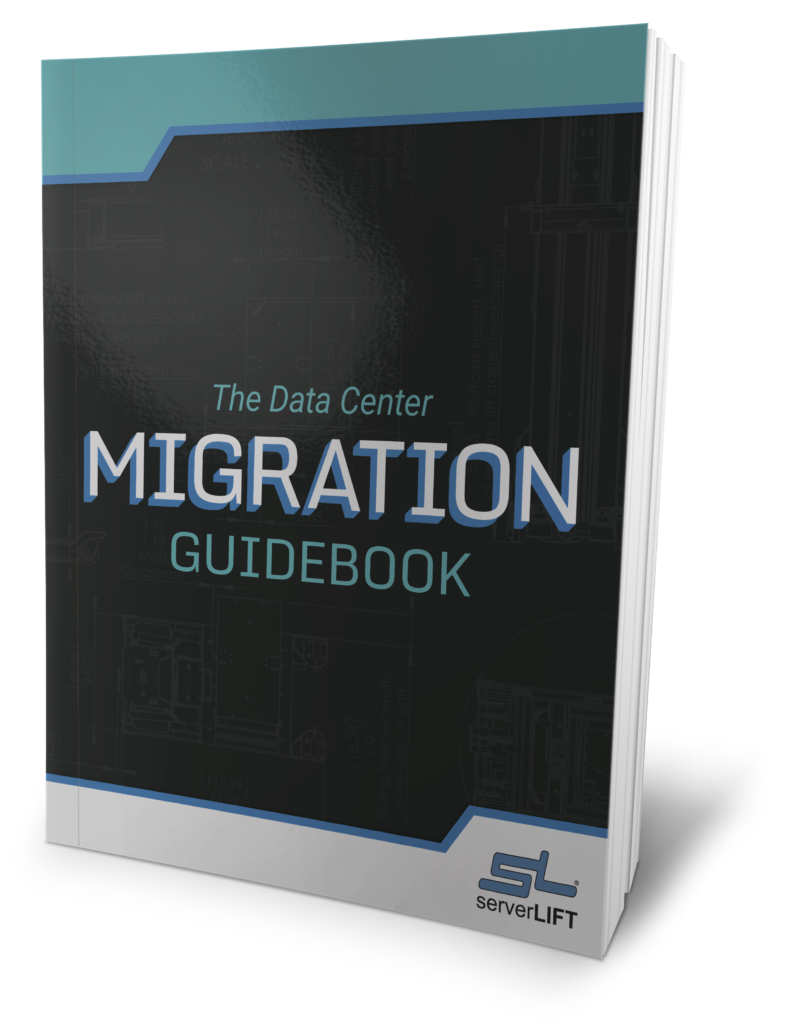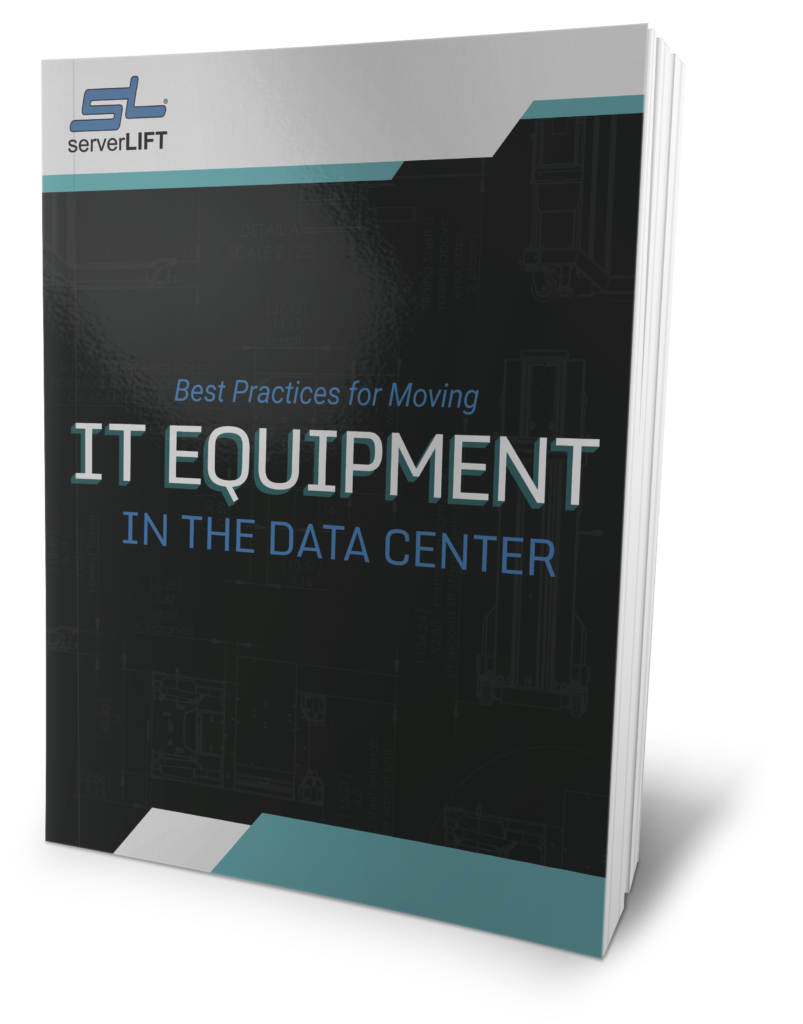透过云看
If you feel anything like I do, you probably feel bombarded by the IT world’s buzz phrase du jour, “cloud computing” and you, like me, have probably noticed that there is more than one definition for cloud computing being thrown around right now. With the number of ideas floating around the industry, it is no wonder that consumers are confused as to what exactly a “cloud” even is. Where things begin to get iffy is when “the cloud” evolves from just the cliched metaphor for the internet, into “cloud computing”, a giant fuzzy new frontier of uncertain meaning. To make things even more confusing is the fact that there are a multitude of different definitions for cloud computing and it seems that each techie, vendor, or company that you talk to, has their own idea as to what that meaning is.
Stepping away from digital jargon and defining it in simple layman’s terms, the cloud, at the most basic level, is the internet or the web of servers around the world that transfers data via fiber bandwidth connections . When someone says that their document is stored, or the digital task they are preforming, is in the cloud, they mean that their file, application, or software is housed on a server that is accessible over an internet connection, rather than on a “local” device like a computer’s hard drive.
尽管这个概念不是新概念,但是它的使用方式却是。近年来,大量的Internet存储变得越来越便宜,Internet连接也得到了极大的改善,这使程序员可以创建更复杂的远程软件。伴随着这种变化,用户表达了一种渴望,希望拥有一种更轻松,更精致的方式来通过Internet进行共享和协作。这种推动导致基于云的提供商允许用户使用其服务来查看,评论和编辑材料。所有这些都极大地推动了云计算行业的发展。
除了消费者需求之外,计算机以使云计算更加理想的方式发展。 iPad,智能手机或上网本缺少存储数千首歌曲,数百张照片或存储传统PC可以存储的所有文件和程序所需的大量磁盘空间。但是,如果该产品连接到云存储或基于云的应用程序,那么突然之间,它现在已经远远超出了其硬件规格所建议的范围。通过在远程服务器上运行的云存储文件和应用程序,您可以不用任何计算机即可旅行,而只需借用可访问Internet的设备即可完成工作。
因此,近年来,随着大量基于云的产品和服务的出现,可以肯定地说云计算不再只是IT的衰落。借助云计算,IT部门始终需要:无需增加新资源即可快速增加容量或增加功能的方法 data center infrastructure, training new personnel, or licensing new software.











